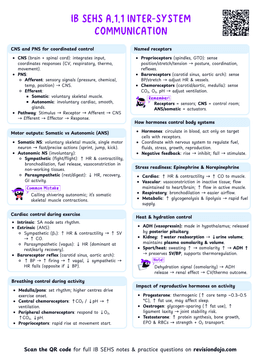Distinguishing Between Cognitive and Somatic Anxiety
When we talk about anxiety in sports, it's crucial to understand that it manifests in two distinct ways: cognitive anxiety and somatic anxiety. Let's break down these concepts and understand how they differ and impact athletic performance.
Cognitive Anxiety
Cognitive anxiety refers to the mental component of anxiety, characterized by:
- Negative thoughts and worries
- Self-doubt
- Fear of failure
- Concerns about performance
- Difficulty concentrating
A gymnast experiencing cognitive anxiety might have thoughts like:
- "What if I fall off the beam?"
- "Everyone is watching me"
- "I'm not prepared enough"
- "I'll let my team down"
Cognitive anxiety tends to remain high once triggered and doesn't naturally decrease until the stressful situation is over or the athlete's perception of the situation changes.
Somatic Anxiety
Somatic anxiety refers to the physical manifestations of anxiety in the body, including:
- Increased heart rate
- Sweaty palms
- Butterflies in stomach
- Muscle tension
- Rapid breathing
- Trembling hands
A basketball player experiencing somatic anxiety might notice:


